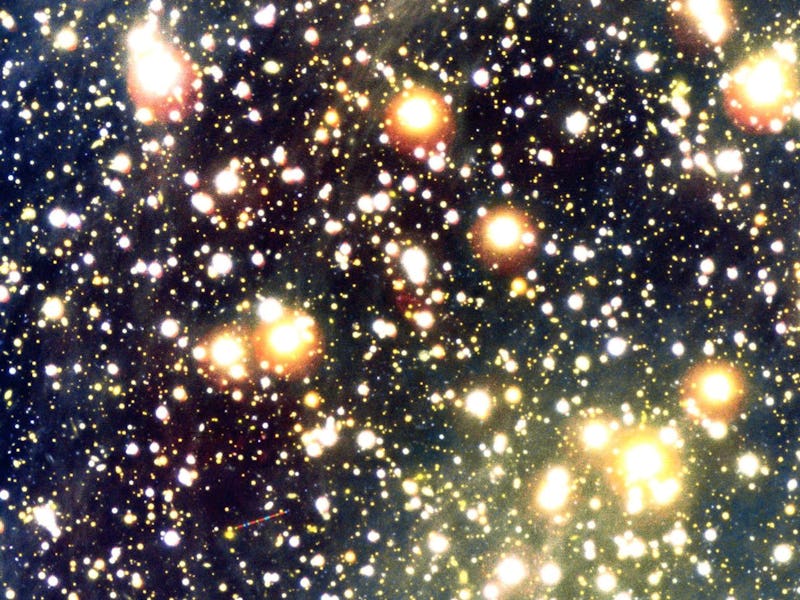After 80 Years, Did We Finally Find This Odd Quantum Effect?

The European Southern Observatory’s Very Large Telescope might have discovered the first evidence of something called “vacuum birefringence,” a mysterious quantum property scientists have been struggling to observe since it was first predicted more than 80 years ago. The findings, reported Wednesday in the Monthly Notices of the Royal Astronomical Society, illustrate an intense polarization of light around a dense, strongly magnetized neutron star — which researchers say is convincing evidence of the elusive, bizarre quantum effect.
Vacuum birefringence is a tricky thing to observe. Basically, astronomers think that a region of space with really, really ridiculously strong magnetic fields could actually alter the light that passes through it, like a prism — which usually means that a neutron star is involved.
Neutron stars are formidable things — they’re whats left from the core of an enormous star, exponentially bigger than our own, after it’s gone supernova and exploded. According to ESO, this means the stars’ magnetic fields are literally billions of times stronger than that of our own sun, which in turn transforms the nature of the empty space around them, making it no longer a true vacuum, and into a kind of prism.
Light polarisation around a neutron star.
Vacuum birefringence was first predicted in the 1930s by Nobel Prize-winning physicist Werner Heisenberg and his colleague Hans Heinrich Euler. While we’ve known that neutron stars are among the best places to look for the it, efforts to detect it never turned up anything of consequence until the team led by Italian physicist Roberto Mignani used the VLT to study RX J1856.5-3754, one of the neutron stars in a group called the Magnificent Seven. It’s the faintest celestial object ever measured in this way, and the researchers say the degree of linear polarization they observed makes vacuum birefringence the likely explanation.
“The high linear polarisation that we measured with the VLT cant be easily explained by our models unless the vacuum birefringence effects predicted by QED are included,” Mignani said in a news release.
QED is quantum electrodynamics, the quantum theory that photons and charged particles jump around and vanish, rather than remaining constant. In these spaces, extremely strong magnetic fields — like what’s being generated by RX J1856.5-3754 — can affect light polarization. The researchers believe findings like this open the door for not just future discoveries of vacuum birefringence, but also underscore the power of the VLT to potentially measure X-ray wavelengths.
The VLT is one of the most powerful telescopes in the world, but for future neutron star exploration the researchers already have their eye on the next generation of telescopes - namely, the ESO’s Extremely Large Telescope. Which, given the name, does seem like the logical choice.